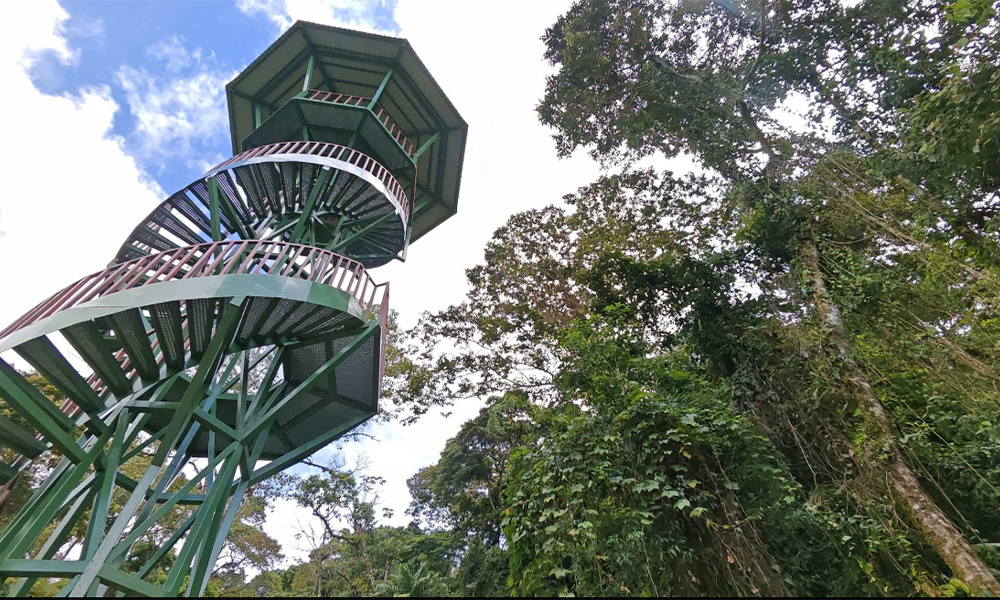Costa Rica is strengthening its position as a top destination for birdwatching tourism, a vital contributor to its rural economies. Our country boasts over 900 bird species—surpassing the total found across North America—making it a must place to visit for bird watchers worldwide. Today, two new birdwatching towers were inaugurated in the southern region, one in Santa María de Pittier de Coto Brus and the other in Biolley de Buenos Aires.
These towers, constructed with an investment exceeding ₡227.2 million (approximately $435,000), are projected to benefit around 84,300 people either directly or indirectly. Strategically located within the La Amistad International Park (PILA), a UNESCO World Heritage site shared with Panama, the towers provide ideal vantage points for observing birds at the forest’s edge. PILA stands as one of Central America’s largest protected areas, teeming with biodiversity, including rare and endemic species alongside mammals like tapirs and jaguars.
Beyond birdwatching, these structures support multiple roles: they enhance environmental education, facilitate research, and serve as lookouts to detect forest fires or deter illegal activities such as logging or poaching. This initiative, a collaboration between the Rural Development Institute (Inder) and the National System of Conservation Areas (SINAC), aligns with broader efforts to improve tourism infrastructure within Costa Rica’s national parks.
Economically, the project is a boon for local communities, generating employment opportunities ranging from tour guides to hospitality services, while helping small businesses. By prioritizing ecotourism, Costa Rica not only attracts visitors but also reinforces its commitment to conserving its rich natural habitats.
The towers are an example of a sustainable development model, blending environmental preservation with economic growth, ensuring that rural regions thrive while safeguarding the ecosystems that make Costa Rica a global ecotourism leader.

